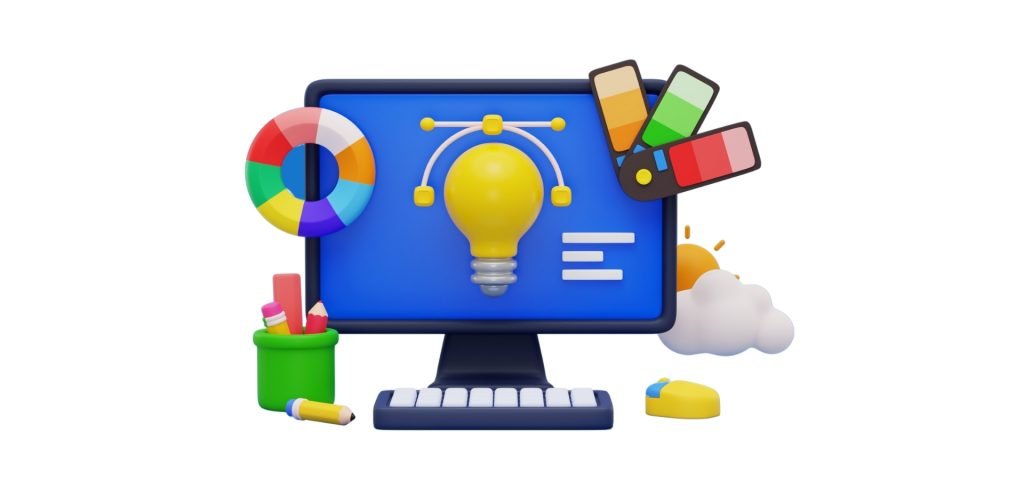To grasp the fundamental differences and choose the most suitable OS platform for creating an app for your company. We compare the differences between Android and iOS app development in seven categories. Here’s how you get the details:
Development Language
When creating Android-based apps, Java is used. It requires writing a lot of code. Swift is a brand-new language created specifically for creating iOS-based apps. Swift allows for significantly faster coding than Java. Java engineers need a lot more time to code than Swift engineers do. Since the introduction of Swift in 2014, mobile apps may be created more quickly.
Kotlin, a perfectly compatible coding language with Java, is a possible Java substitute. It’s used as an improvement to the Java language that’s simple to read. Additionally, Kotlin is widely used as the primary language for creating Android-powered applications.
Integrated Development Environment Availability (IDE)
Engineers initially used the Eclipse tool as a development environment for applications supported by Google. After Google Studio launched, developers started using it because of its great capabilities, like cross-platform, easy packaging, lots of capabilities, and great debugging.
When creating iOS apps with Apple support, iOS developers use XCode. Creating incredible apps for Mac, iPhone, and iPad devices, is a highly productive environment. Additionally, there’s a chance that it’ll uncover any grammatical and logical issues and help fix the code.
The Audience
Additional valuable information on users of Android- and iOS-powered gadgets may be found in demographic data. The place to begin the research is true north. Currently, the platform supported by Google has the biggest global platform share.
Apple users are often female, 35+ years old, employed in the media, marketing, or business sectors, with an average yearly salary of $200K. Males who use Android are 18 to 34 years old, work in IT, energy, and utilities, and earn an average of $50k to $100k per year.
Development Complexity
In contrast to OS fragmentation, the gap in code languages between iOS and Android isn’t as complicated. When compared to Android-powered devices, Apple has a small number of devices (the iPhone, iPod, and iPad), all of which run iOS.
Because there are more operating systems supported by Android than by iOS, the production of gear for Android is more complicated and takes longer.
The screen sizes on the Android gear come in a huge variety and this to keep in mind when developing. The same is true for the operating systems of devices, which must be considered while developing mobile applications.
Design Philosophy
Resolutions and screen sizes- iOS devices with Apple support come in two screen sizes (iPhone and iPad), with more than three different resolutions for the former and a handful for the latter. The iPad uses the same iPhone 4 resolution as well. In the meanwhile, Android-powered devices backed by Google have a variety of screen sizes, which in turn produce a variety of screen resolutions.
Navigation- The navigation bar on Android-powered smartphones is kept to the left, whereas it is moved to the top on iOS devices. While iOS defaults to using blue or grey navigation icons, Android favors colorful icons.
Menu- While iOS devices value their tab bar, which is normally positioned at the bottom with relatively easy access to the hidden menu icons, Google-backed devices prefer having a drawer menu or a side/hamburger menu, which is typically placed on the left following the tap-and-pull gesture. For iOS-based devices, the hamburger menu is also usually used, although it needs to be changed.
Pop-ups and alerts- These tabs arise out of nowhere and demand immediate attention. As a result, there are a few subtle differences between alerts and pop-ups. To dismiss the warnings, Android users should take a specific action by selecting “Agree/Disagree” or “Don’t allow/Okay” for Apple-backed users. For iOS-powered devices, there are two different alert types: alert and action sheet.
Speed of Development
Android-based platform development takes longer and doesn’t fragment OS as much. Engineers spend between 30 and 40 per cent more time developing a mobile app for Android than for iOS. Additionally, it’s true despite the relatively simple Java/Kotlin languages.
Cost of Development
To calculate the cost of developing an app, decide on the platform, select the development team, and get a ballpark figure. Keep in mind that the price of developing an app depends on how long it takes.
The cost of the app increases with the amount of time required. We advise you to read about the development costs of apps like Uber or Snapchat. These articles can help you in comprehending the typical procedure.
Conclusion:
When choosing the best platform to build your first app, there are several factors to consider. Your decision will undoubtedly be influenced by your app development language, audience, development design, speed, and cost etc.
To sum it up, choose Android if you want to boost your market share, be more flexible with customizations, and get your app into the store faster. If, on the other side, you’d like to boost revenue per user, target a younger audience, and use a simpler development process, iOS is the way to go.
Most businesses require assistance in deciding which platform to prioritize first. A meeting with a reputable mobile app development company may pave the way for your mobile app solution. Start with a short discovery meeting and put whatever you have on the table, even if it’s just an idea or project vision.
WOWIT has extensive experience developing iOS and Android mobile apps. Our development team can then help you decide which platform is best for your requirements and budget. Please contact us if you want us to evaluate your potential app and help you select the best platform while avoiding major pitfalls.


